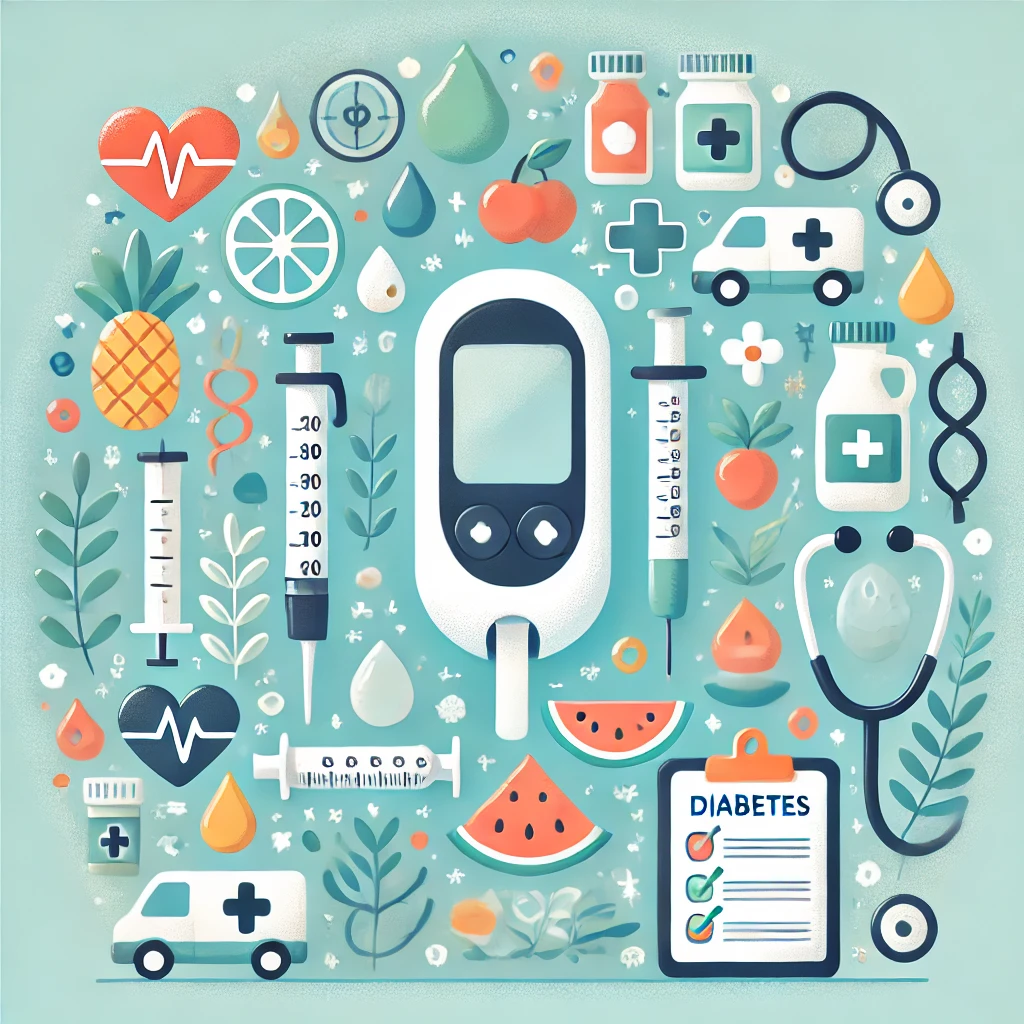10 Early Warning Signs of Diabetes Everyone Should Know
Diabetes is a growing health concern worldwide, and catching it early can make a significant difference in treatment and quality of life. Knowing the early warning signs is essential because early detection helps manage symptoms effectively and may even prevent severe complications. Here’s a look at the ten most common early warning signs of diabetes that everyone should know.
1. Frequent Urination (Polyuria)
One of the first symptoms many people notice is an increased need to urinate, especially at night. When blood sugar levels are high, the kidneys work overtime to filter and absorb the excess glucose. This excess glucose draws water from your tissues, leading to frequent urination, known medically as polyuria.
2. Excessive Thirst (Polydipsia)
With frequent urination comes an increase in thirst. As your body loses fluids, it compensates by making you feel thirsty. This condition, known as polydipsia, is often one of the first indicators of diabetes, as your body attempts to replenish lost fluids.
3. Increased Hunger (Polyphagia)
Unexplained hunger or polyphagia is another warning sign of diabetes. When blood sugar levels drop due to the body’s inability to use glucose effectively, your body may signal you to eat more to maintain energy levels. This increased hunger, despite eating regular meals, is often overlooked as a symptom of diabetes.
4. Fatigue and Weakness
Feeling unusually tired or weak could be a sign that your body isn’t converting glucose into energy effectively. Insulin resistance or low insulin levels prevent glucose from entering cells, leading to a lack of energy and persistent fatigue, even if you’re getting enough sleep and eating well.
5. Blurry Vision
High blood sugar levels can cause fluid to shift in your eye lens, leading to blurred vision. This symptom may come and go depending on your blood sugar levels. Persistent blurred vision should never be ignored, as prolonged high blood sugar can lead to more severe eye issues, including diabetic retinopathy.
6. Slow Healing of Cuts and Wounds
If you notice that your cuts, bruises, or sores are taking longer than usual to heal, this could be a sign of diabetes. High blood sugar levels impair blood flow and slow down the healing process. Reduced circulation can also increase the risk of infection, particularly in the extremities, such as the feet.
7. Tingling or Numbness in Hands and Feet
Diabetes can cause nerve damage, often in the hands and feet, leading to a sensation of tingling, numbness, or even pain, known as peripheral neuropathy. Early detection and blood sugar control can slow the progression of neuropathy, so these symptoms should be taken seriously.
8. Dark Patches on the Skin
Acanthosis nigricans, which appears as darkened skin patches, is another sign of high blood sugar. These patches are often found in body folds such as the neck, armpits, and groin. It’s a common early sign of insulin resistance, which can lead to type 2 diabetes if left unchecked.
9. Unexplained Weight Loss
Losing weight without trying could be a symptom of diabetes, particularly type 1 diabetes. When your body can’t get energy from glucose, it turns to muscle and fat for fuel, leading to sudden and unexplained weight loss. This symptom is more common in type 1 diabetes but can occur with type 2 as well.
10. Frequent Infections
High blood sugar levels can weaken the immune system, making individuals with diabetes more prone to infections. Common infections include urinary tract infections, yeast infections, and gum infections. If you’re experiencing frequent or recurrent infections, it’s worth discussing your symptoms with a healthcare professional.
What to Do If You Notice These Symptoms
If you recognize any of these symptoms, it’s essential to consult with a healthcare provider who can test your blood sugar levels. Early intervention is crucial in managing diabetes and can significantly reduce the risk of complications.
Lifestyle Tips for Diabetes Prevention:
- Balanced Diet: Focus on whole foods, including lean proteins, whole grains, fruits, and vegetables.
- Regular Exercise: Aim for at least 150 minutes of moderate activity each week to help manage blood sugar.
- Regular Screenings: Annual checkups and blood sugar testing are vital for early detection.
By being aware of these symptoms and taking preventive action, you can protect your health and reduce your risk of developing diabetes-related complications.



